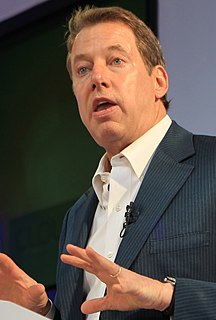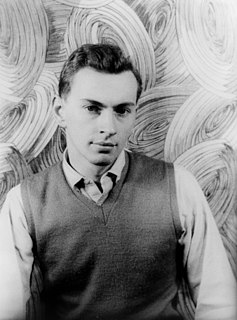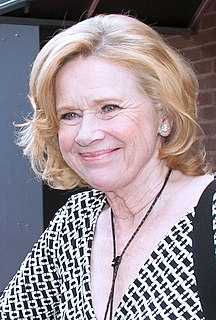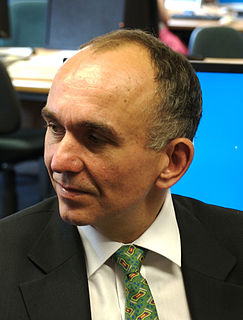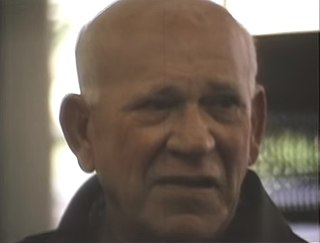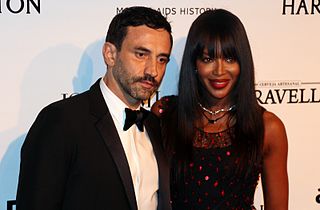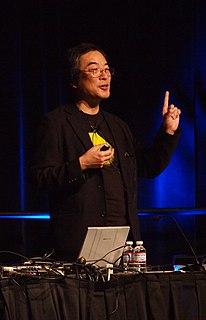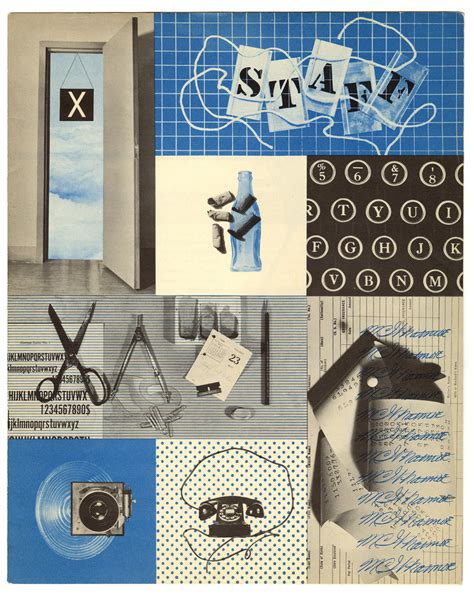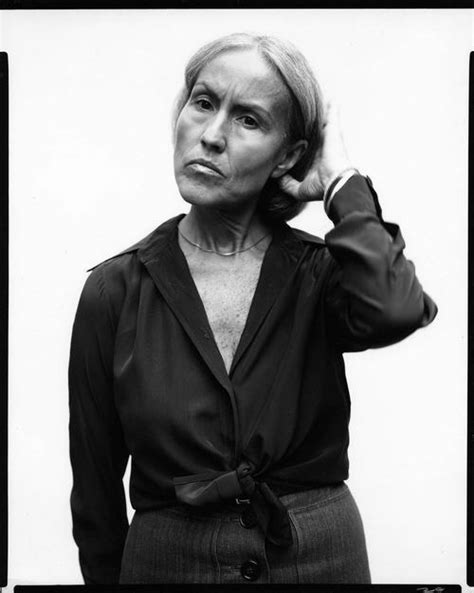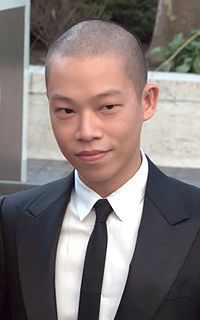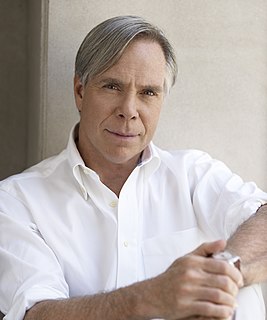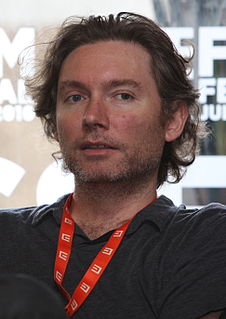A Quote by William Clay Ford, Jr.
I was an absolutely untalented designer.
Quote Topics
Related Quotes
How a designer gets from thought to thing is, at least in broad strokes, straightforward: (1) A designer conceives a purpose. (2) To accomplish that purpose, the designer forms a plan. (3) To execute the plan, the designer specifies building materials and assembly instructions. (4) Finally, the designer or some surrogate applies the assembly instructions to the building materials. What emerges is a designed object, and the designer is successful to the degree that the object fulfills the designer's purpose.
The untalented are more at ease in a society that gives them valid alibis for not achieving than in one where opportunities are abundant. In an affluent society, the alienated who clamor for power are largely untalented people who cannot make use of the unprecedented opportunities for self-realization, and cannot escape the confrontation with an ineffectual self.
It's super-essential. Even though I don't have a very big team, for me, the word muse may be démodé or not. I adore it, but I am also one, in my delirium, to be quite classical. For a designer - especially a male designer - he absolutely has to have that female voice by his side, which he listens to, he filters, he digests. It's a huge need, because when you see through the eyes of a man, you see a woman a certain way, and how they have little tricks of their own.
The words graphic designer, architect, or industrial designer stick in my throat, giving me a sense of limitation, of specialisation within the specialty, of a relationship to society and form itself that is unsatisfactory and incomplete. This inadequate set of terms to describe an active life reveals only partially the still undefined nature of the designer.
If you've taken the job to be the stylist for a collection, then I think it's important for you to really listen to the designer and look at the board. Look at the wall, look at what the designer is interested in, and then move on to that. But the designer also must not lose sight of the reason for their point of view. Otherwise it won't come across.
